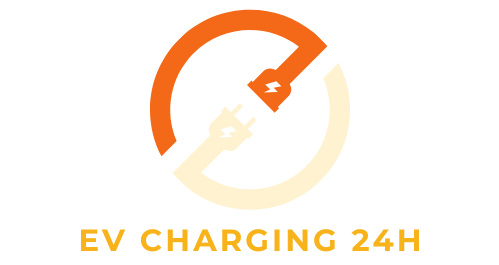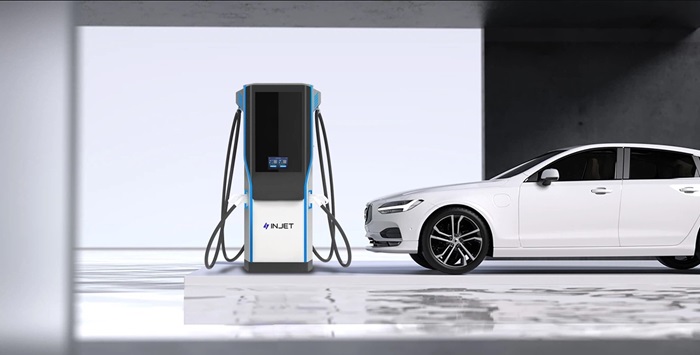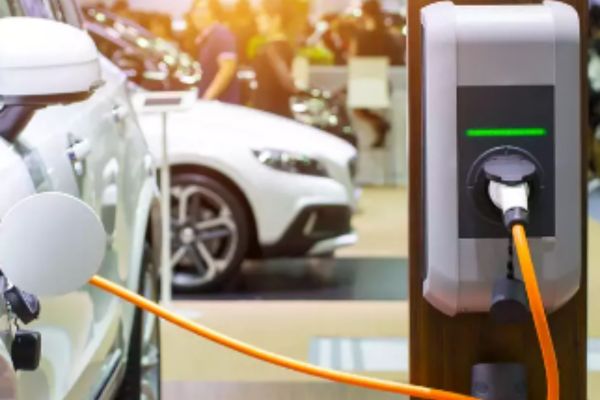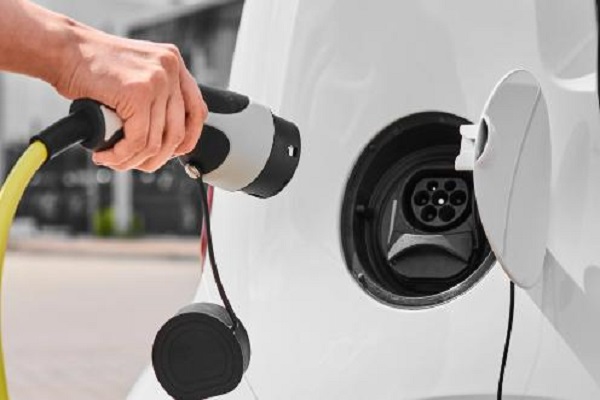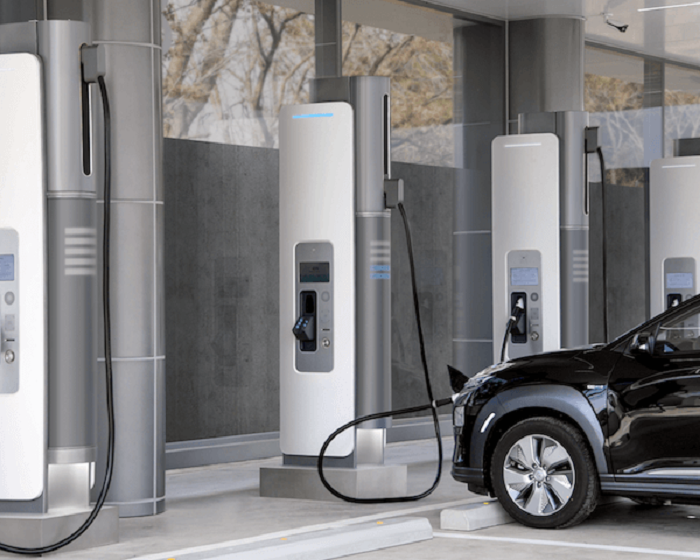Everything You Need to Know About 480v Level 3 EV Chargers
480v Level 3 EV chargers, also known as DC Fast Chargers, are the fastest charging solution currently available for EVs. They operate on a three-phase power supply, delivering significantly higher power output compared to Level 1 and Level 2 chargers.
This translates to significantly faster charging times, typically replenishing an EV battery to 80% capacity within 30 minutes.
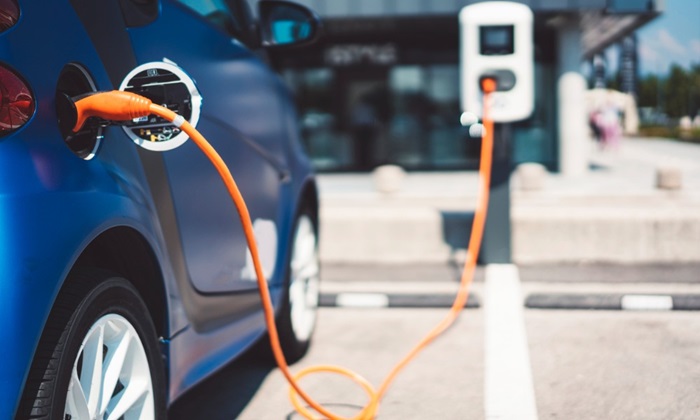
Frequently Asked Questions About 480V Level 3 EV Chargers
What is a 480V level 3 EV charger?
A 480v level 3 EV charger, also known as a DC fast charger, is a high-powered charging station that can deliver a significant amount of energy to an electric vehicle (EV) in a short amount of time. It operates at 480 volts, which is much higher than the typical 240 volts used in level 2 chargers. The charger supplies direct current (DC) electricity directly to the car’s battery, bypassing the onboard charger that comes with the car.
How does a 480V level 3 charger differ from level 2 chargers?

The main difference between 480V level 3 and level 2 chargers is the speed and power output. Level 2 chargers, which are more commonly found in homes and public places, typically deliver around 7kW to 22kW of power using 240 volts. A 480v level 3 charger can deliver much higher power, ranging from 20kW to 175kW or even more. This translates to significantly faster charging times. For instance, a level 2 charger might take several hours to fully charge an EV, while a level 3 charger can do it in under an hour, depending on the battery capacity of the car.
What are the benefits of using a 480V level 3 EV charger?
- Rapid charging: Level 3 chargers can charge an electric vehicle much faster than Level 2 chargers, providing an efficient solution for drivers who need to quickly top up their batteries.
- Convenience for long trips: With Level 3 chargers, drivers can significantly reduce the time spent on charging stops during long journeys, making electric vehicles more practical for travel.
- Support for high-demand applications: Level 3 chargers are well-suited for high-traffic areas like highways, commercial centers, and transportation hubs where quick charging is essential to keep vehicles operational.
- Future-proofing infrastructure: As electric vehicles become more prevalent, investing in Level 3 charging infrastructure helps prepare for increased demand and ensures that charging networks can support the growing EV market efficiently.
Understanding the Technology Behind 480V Level 3 EV Chargers
Let’s delve into the technology behind 480v Level 3 EV chargers:
Exploring the power output of a 480V level 3 charger
A 480v Level 3 EV charger operates at high voltages and currents, typically delivering power outputs ranging from 50 kW to 350 kW or even higher in some cases. This high power output enables rapid charging of electric vehicles, significantly reducing charging times compared to Level 2 chargers.
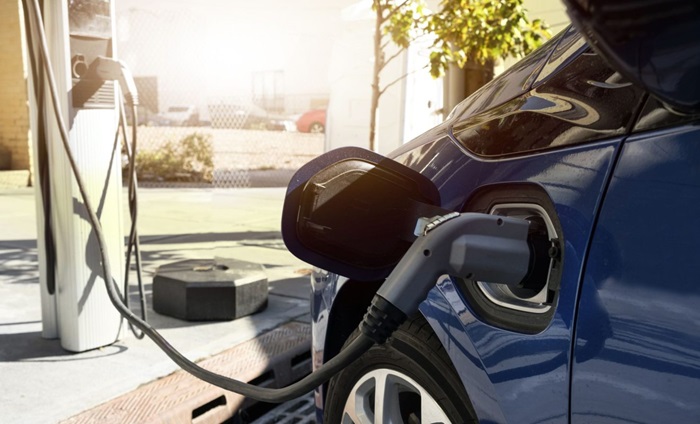
Comparing charging times between level 2 and level 3 EV chargers
Charging times for electric vehicles depend on various factors, such as battery capacity, charging rate, and state of charge. However, Level 3 chargers can charge much faster than Level 2 chargers due to their higher power output. While Level 2 chargers may take several hours to fully charge an EV, Level 3 chargers can provide a substantial charge in a matter of minutes, making them ideal for quick pit stops during long journeys.
| Parameter | Level 2 charger | Level 3 charger |
| Wattage | 7 kW – 22 kW | 20 kW – 175 kW+ |
| Charging times | Several hours (typically 4-8 hours) | Under an hour, or sometimes even as fast as 20-30 minutes |
How do DC fast chargers work for electric vehicles?
DC fast chargers, including 480v Level 3 chargers, work differently from Level 2 chargers, which typically provide AC (alternating current) power to the vehicle’s onboard charger for conversion to DC (direct current) to charge the battery. In contrast, DC fast chargers bypass the onboard charger of the electric vehicle and directly supply DC power to the battery, allowing for faster charging rates.
Here’s a simplified overview of how DC fast chargers work:
- The charger converts AC power from the grid into DC power.
- This DC power is then supplied directly to the vehicle’s battery, bypassing the need for onboard AC-to-DC conversion.
- The charger communicates with the vehicle to negotiate the charging rate and monitor the charging process.
- By delivering high-voltage DC power directly to the battery, DC fast chargers can charge electric vehicles much faster than Level 2 chargers.
Best Practices for Installing and Using 480V Level 3 Chargers
Installation of Level 3 chargers typically requires qualified electrical professionals due to the high voltage and power involved. It’s not recommended for DIY attempts. Installing and using 480V Level 3 chargers efficiently involves several best practices and considerations:
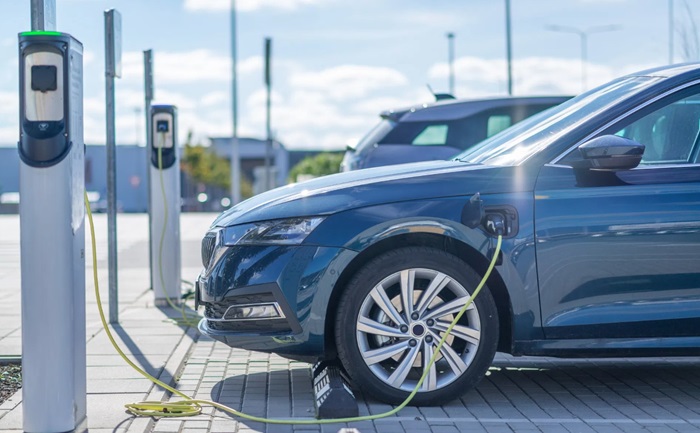
- Tips for maximizing the efficiency of a 480V level 3 charger
Ensure proper installation: Install the charger according to manufacturer guidelines and local regulations to optimize performance and safety.
Regular maintenance: Perform routine maintenance checks to keep the charger operating efficiently. This includes inspecting connections, cleaning the charging equipment, and promptly addressing any issues.
Optimize location: Place chargers strategically in high-traffic areas to maximize usage and accessibility for electric vehicle drivers.
Utilize smart charging features: Many Level 3 chargers offer smart charging capabilities, allowing for optimized charging schedules and load management to minimize energy costs and grid impact.
- Ensuring safety when using a level 3 charging station
Follow the manufacturer’s guidelines: Adhere to all safety instructions provided by the charger manufacturer, including proper usage procedures and maintenance requirements.
Use certified equipment: Ensure that the charger and associated components meet relevant safety standards and certifications.
Monitor charging sessions: Regularly monitor charging sessions to detect any abnormalities or safety concerns, such as overheating or voltage fluctuations.
Emergency protocols: Establish clear protocols for responding to emergencies, such as electrical faults or accidents, and ensure that staff members are trained accordingly.

- How to effectively charge an electric vehicle with a 480V level 3 charger
Choose compatible vehicles: Ensure that the electric vehicle is compatible with DC fast charging and can accept the voltage and current provided by the Level 3 charger.
Follow charging protocols: Connect the vehicle to the charger using the appropriate connector and follow any prompts or instructions provided by the charger interface.
Monitor charging progress: Keep an eye on the charging progress to ensure that it proceeds smoothly and intervene if any issues arise.
Optimize charging times: Plan charging sessions strategically to minimize downtime and maximize the vehicle’s availability.
Benefits of Level 3 Charging for EV Drivers
Level 3 charging, also known as DC fast charging, offers several significant benefits for EV drivers, especially for long-distance travel:
- Rapid Charging Speeds:
Level 3 chargers can replenish a significant portion of an EV’s battery capacity in a relatively short amount of time compared to Level 2 chargers. This rapid charging capability drastically reduces charging stops during long journeys, improving the overall travel experience for electric car owners.
- Convenience and Time Savings:
With Level 3 chargers, EV drivers can significantly reduce the time spent on charging stops during long-distance travel. Instead of waiting for hours for a Level 2 charger to fully charge their vehicle, they can achieve a substantial charge in a matter of minutes with Level 3 charging, allowing them to quickly get back on the road.
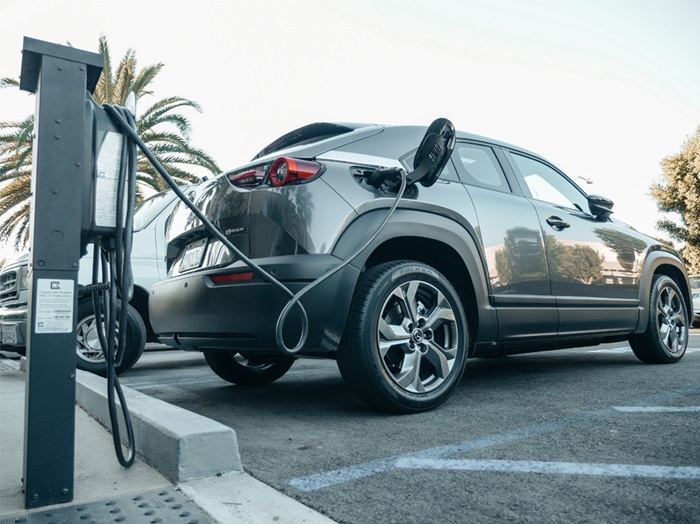
- Enhanced Accessibility:
Level 3 charging infrastructure is crucial for making electric vehicles viable for long-distance travel, as it allows drivers to recharge their vehicles quickly along highways and major travel routes. As the network of Level 3 chargers expands, it enhances the accessibility and convenience of electric vehicles for drivers, encouraging more widespread adoption.
- Reduced Range Anxiety:
Level 3 charging helps alleviate range anxiety, a common concern among EV drivers regarding the availability of charging stations and the fear of running out of battery charge while on the road. By providing fast and reliable charging options, Level 3 chargers give drivers the confidence to embark on long journeys without worrying about finding suitable charging infrastructure along the way.
- Support for High-Traffic Areas:
Level 3 chargers are often installed in high-traffic areas such as highways, commercial centers, and transportation hubs, where quick charging solutions are essential to keep electric vehicles operational. By providing fast charging options in these locations, Level 3 chargers support the growing demand for electric mobility in urban and suburban areas.
480v Level 3 EV chargers offer a compelling solution for individuals and businesses seeking the fastest and most efficient charging experience. While the initial investment may be higher compared to other charging options, the benefits in terms of speed, efficiency, and future-proofing make them a worthwhile consideration for those who prioritize rapid charging capabilities.

Henry Michael is a leading expert in EV charging station research, specializing in innovative solutions for electric vehicle infrastructure. With a passion for sustainability and technological advancement, he is dedicated to advancing the accessibility and efficiency of EV charging worldwide.
